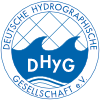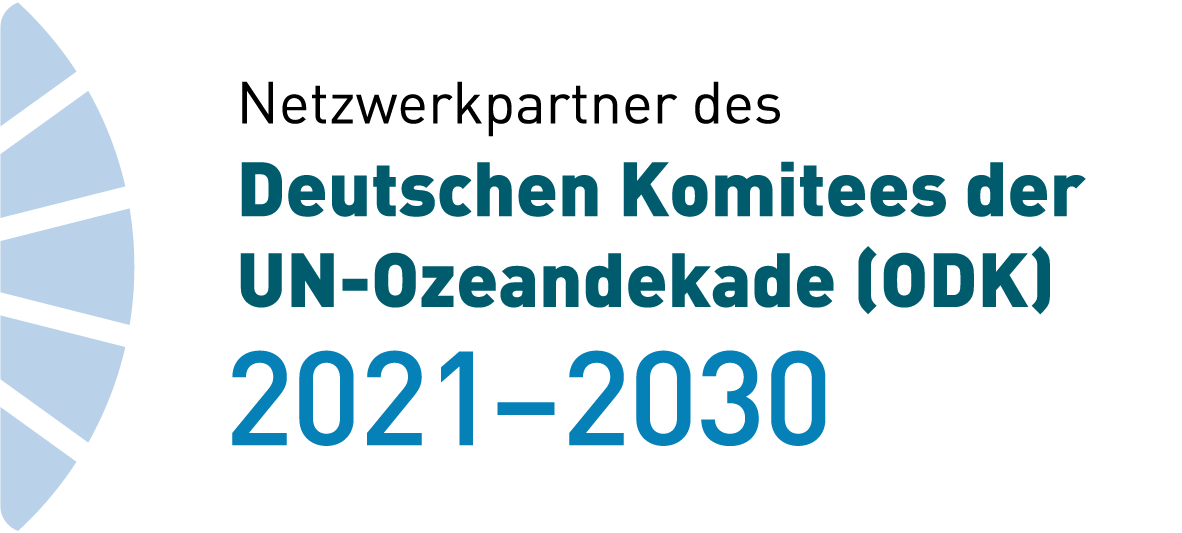Comparison of different sub-bottom profiling systems to be used in very shallow and tide-influenced areas
A case study in the backbarrier tidal flat of Norderney, Germany
Shallow waters are the transition zones between land and sea where human activities are dominant, such as building infrastructures and oil digging. Therefore, there is always a great interest in the stratigraphy of the sub-bottom in shallow waters. However, working in shallow waters is more complex than deep waters. Vari-ous seismic methods are used in subseafloor investigations, such as sparkers and air guns. Yet, these meth-ods operate generally towed behind the vessel, which becomes challenging in very shallow waters. On the other hand, sub-bottom profilers operate mounted on the vessel; hence, more suitable for shallow waters. This article summarises findings from the Master Thesis that compared three sub-bottom profilers in very shallow and tide-influenced areas in the German Wadden Sea. The study was completed during an intern-ship at the NLWKN Forschungsstelle Küste (FSK) Norderney.
sub-bottom profiler | shallow water | tidal flats | chirp SBP | parametric SBP
Flache Gewässer bilden die Übergangszone zwischen Land und Meer, wo menschliche Aktivitäten dominie-ren, wie z. B. der Bau von Infrastrukturen und Ölbohrungen. Daher besteht ein großes Interesse an der Strati-graphie in flachen Gewässern. Allerdings ist die Arbeit in flachen Gewässern komplexer als in tiefen Gewäs-sern. Bei der Untersuchung des Bodenaufbaus werden verschiedene seismische Methoden eingesetzt, wie z. B. Sparker und Airguns. Diese Geräte werden jedoch in der Regel hinter dem Schiff geschleppt, was in sehr flachen Gewässern zu einer Herausforderung wird. Dahingegen arbeiten Sedimentecholote vom Schiff aus und sind daher für flache Gewässer besser geeignet. Dieser Artikel fasst die Ergebnisse einer Masterarbeit zusammen, in der drei Sedimentecholote in sehr flachen und tidebeeinflussten Gebieten im deutschen Wat-tenmeer verglichen wurden. Die Studie wurde während eines Praktikums beim NLWKN Forschungsstelle Küste (FSK) Norderney durchgeführt.
Sedimentecholot | Flachwasser | Watt | CHIRP-SBP | parametrisches Sedimentecholot


